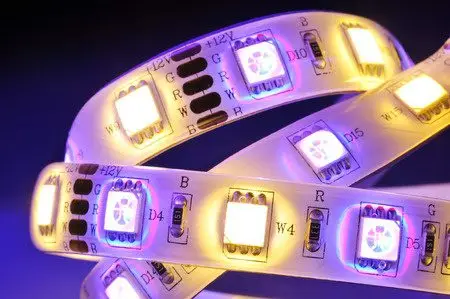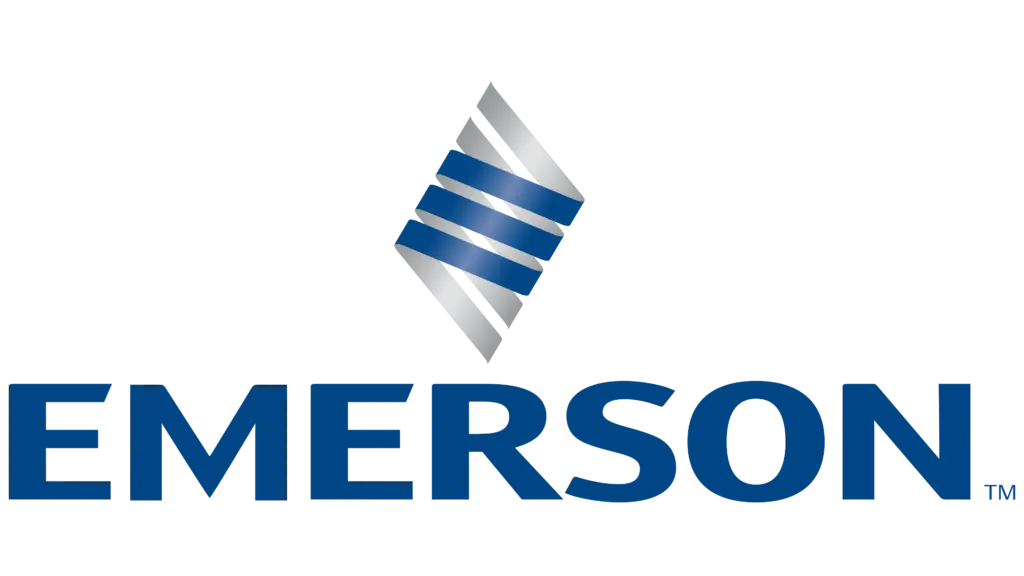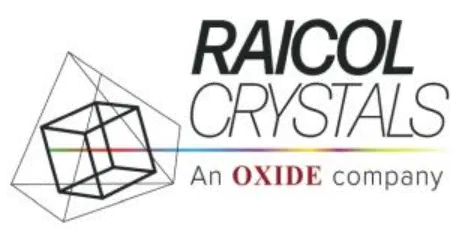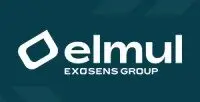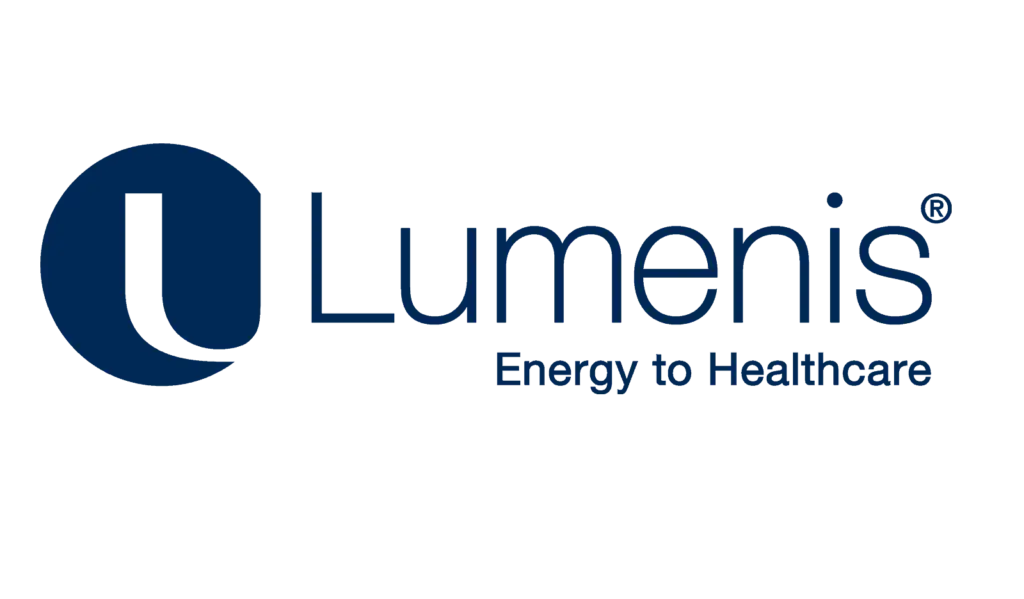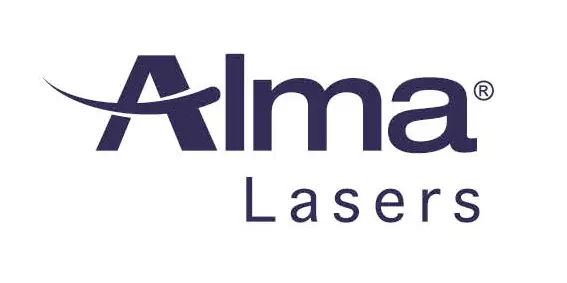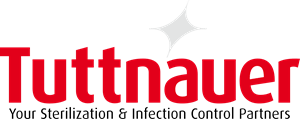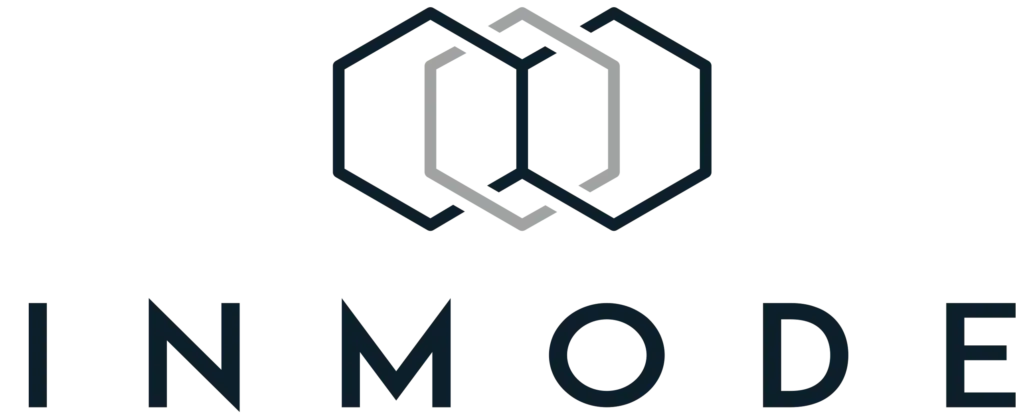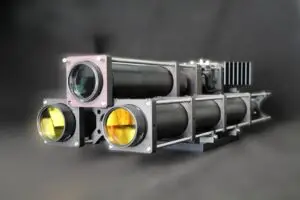Getting an ultraviolet light disinfection system is one of the best investments you can make in your business. Highly effective against a wide range of microbes, the UVC light is also extremely versatile covering surface, air and water disinfection. For optimal results, choose UVC light in the form of pulsed xenon light and get advice from a xenon lamp engineer.
How does Ultraviolet Light Disinfection Works?
UV light inactivates or kills microbes in the air, on surfaces and in water. Chemical disinfectants require a specific concentration and contact time or temperature to be reached in order to effectively kill or inactivate a certain microorganism.
In a similar fashion, an effective UV disinfection involves a certain degree of UV exposure of the microbes intended to kill, specific wavelengths of that UV radiation and understanding the specifics of the microbe itself . A xenon lamp engineer will calculate the degree of UV exposure (which is expressed in mJ cm-2 )- also known as the UV dose, or UV fluence (in case of air and water treatment).
UV dose depends on the UV irradiance and exposure time. A higher UV dose can be achieved by raising the intensity of UV light and/or the exposure time.
Different microbes will need different UV doses or exposure. Each form of disinfection- air, surface and water require specific measurements- ie the average log inactivation calculated by the xenon lamp engineer.
Specifically for water disinfection, the percentage of microbes destroyed depends on the intensity of the UV light, the time of exposure , the raw quality of the water, and the proper maintenance of the equipment.
Surface Disinfection. UV light- especially pulsed xenon light (PXL) is highly effective against bacteria and viruses that can linger on surfaces for several days. The contaminated surfaces have to be exposed to the UVC light for a few seconds to minutes. For maximum effectiveness, the surface has to be first cleaned and dust removed [1].
Who can benefit from UV light sanitizer?
Let’s think about the most contaminated surfaces: washrooms, hospitals, labs, hotels, banks, ATM machines, keyboard and mice, gas stations, train stations, schools, libraries, and restaurants.
Air Disinfection. Chemical disinfectants have limited ability to provide air disinfection and unfortunately- many microbes contaminate our indoor air- including the novel coronavirus. However, ultraviolet light disinfection is quickly achieved with pulsed xenon light. Large rooms can be disinfected in as little as 30 minutes.
There are different ways that offer effective air disinfection. In the past, upper room disinfection (using the UVC light attached to fixtures mounted on walls or ceilings) were more popular. Nowadays, mobile UV devices are placed on the ground and moved through the area that has to be disinfected.
Who can benefit from UV light sanitizer for air disinfection? Schools, hospitals, nursing homes, office buildings, nurseries/ plant growers, gyms and correctional facilities- these places require effective air disinfection to stop the spread of infections [2] .
Water Disinfection. Again, ultraviolet light sanitizer is superior to chemical disinfectants for water disinfection. While some bacterial spores and other microbes Giardia lamblia cysts or Cryptosporidium oocysts are hard to kill with chemicals. However, they simply can’t survive when exposed to ultraviolet light, which damages these microorganisms at their DNA/RNA levels. UVC light was used in the US for water disinfection and treatment in the early 1900s but was abandoned as the water chlorination become more popular. Who can benefit most from uv light sanitizer for water disinfection? It can be used form both residential and commercial water treatment [3].
Ready to order? IZAK Scientific offers consultation with a xenon lamp engineer and our featured product- Fast PXL can be customized based on your own needs. Email us today.
- https://www.ncbi.nlm.nih.gov/pmc/articles/PMC2789813/
- https://www.ncbi.nlm.nih.gov/pmc/articles/PMC6801766/
- https://www.ncbi.nlm.nih.gov/pmc/articles/PMC5912791/
Tzachi Sabati
CEO, IZAK Scientific
Physicist specializing in photonics and quantum technologies, with deep expertise in quantum sensors and advanced optical systems. Leads the Advanced Quantum Lab course at the Technion, bridging academic excellence with industry innovation. At IZAK Scientific, provides cutting-edge photonics-based solutions, developing customized inspection and sensing systems for R&D and production. Passionate about advancing quantum sensing applications and integrating novel technologies to meet industry needs.



